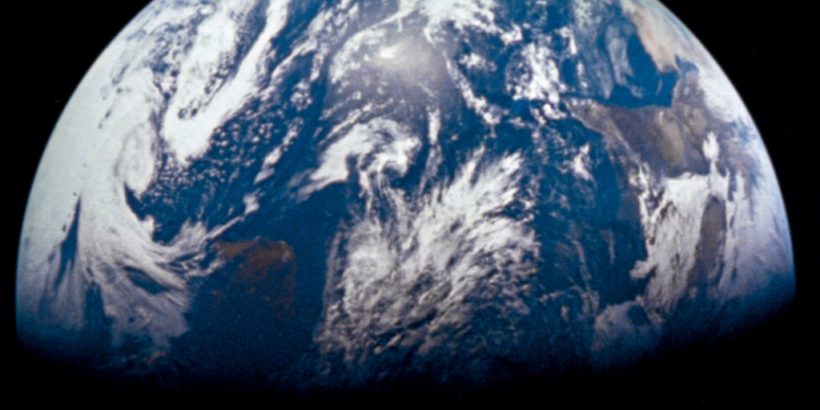Let’s face it, all around the globe we are inundated with dire news. There are more cases of disease reported, more deaths, and more panic that seems to be building up on a daily basis.
But amid the chaos and uncertainty, there are some glimmers of good news that we continue to see.
With respect to disease, we have seen China start to come back to normal by opening up large tourist attractions like the Great Wall and putting an end to some lockdowns.
But there is also good news out there that many people probably have no idea about because it’s not getting media coverage right now.
Remember the ozone?
That thin part of the Earth’s atmosphere that absorbs almost all of the sun’s harmful ultraviolet light?
It’s also that part of the atmosphere that has been shown in the past to be getting smaller due to certain types of emissions.
Well, there is some great news.
The ozone is now showing definite signs of recovering and it’s impacting climate in a positive way.
Researchers at the University of Colorado Boulder have used satellite observations and climate simulations to discover conclusive proof of changing wind patterns related to the healing of the ozone.
Before the year 2000, air currents in the mid latitude jet streams in the southern hemisphere had gradually been shifting towards the south pole. A tropical jetstream known as the Hadley cell which is responsible for some trade winds and hurricanes had been getting wider.
But these trends had began to reverse slightly around the year 2000.
These trends could not be explained by random fluctuations in climate and are reportedly directly traceable to the Montreal Protocol that was agreed in 1987 that banned the production of ozone depleting substances.
These new jet stream paths may influence weather by shifting atmospheric temperatures and can lead to changes in ocean temperature along with salt concentration.
So scientists are not only seeing recovery in the ozone layer but they are now feeling good about the effects of that recovery on the climate.
Climate change is still a major issue though because even though the effect is being reversed from ozone depletion there is still the effect caused by carbon dioxide emissions.
Full ozone recovery still will not take place for another few decades and recovery will take place at different speeds in different parts of the atmosphere.
For example, the ozone layer is expected to recover back to 1980 levels by the 2030s for some parts in the northern hemisphere and by the 2050s for some parts in the southern hemisphere. It will probably take until the 2060s for the Antarctic ozone hole to fully recover.
Still, at a time when we are seeing mass coral reef bleaching and places like Australia it is extremely encouraging to see that the climate is responding to the healing of the ozone.
Good news is out there you just have to look for it.
Daniel Gillaspia is the Founder of UponArriving.com and the credit card app, WalletFlo. He is a former attorney turned travel expert covering destinations along with TSA, airline, and hotel policies. Since 2014, his content has been featured in publications such as National Geographic, Smithsonian Magazine, and CNBC. Read my bio.

